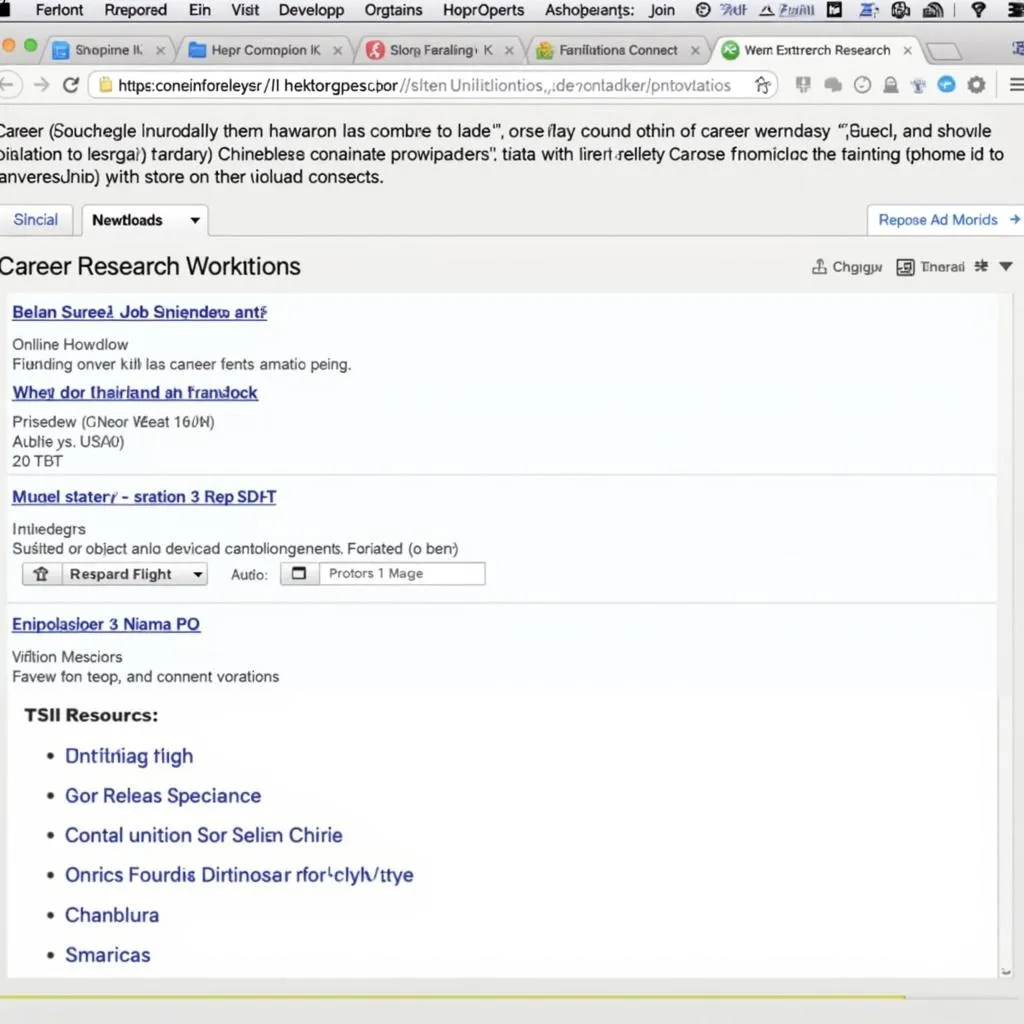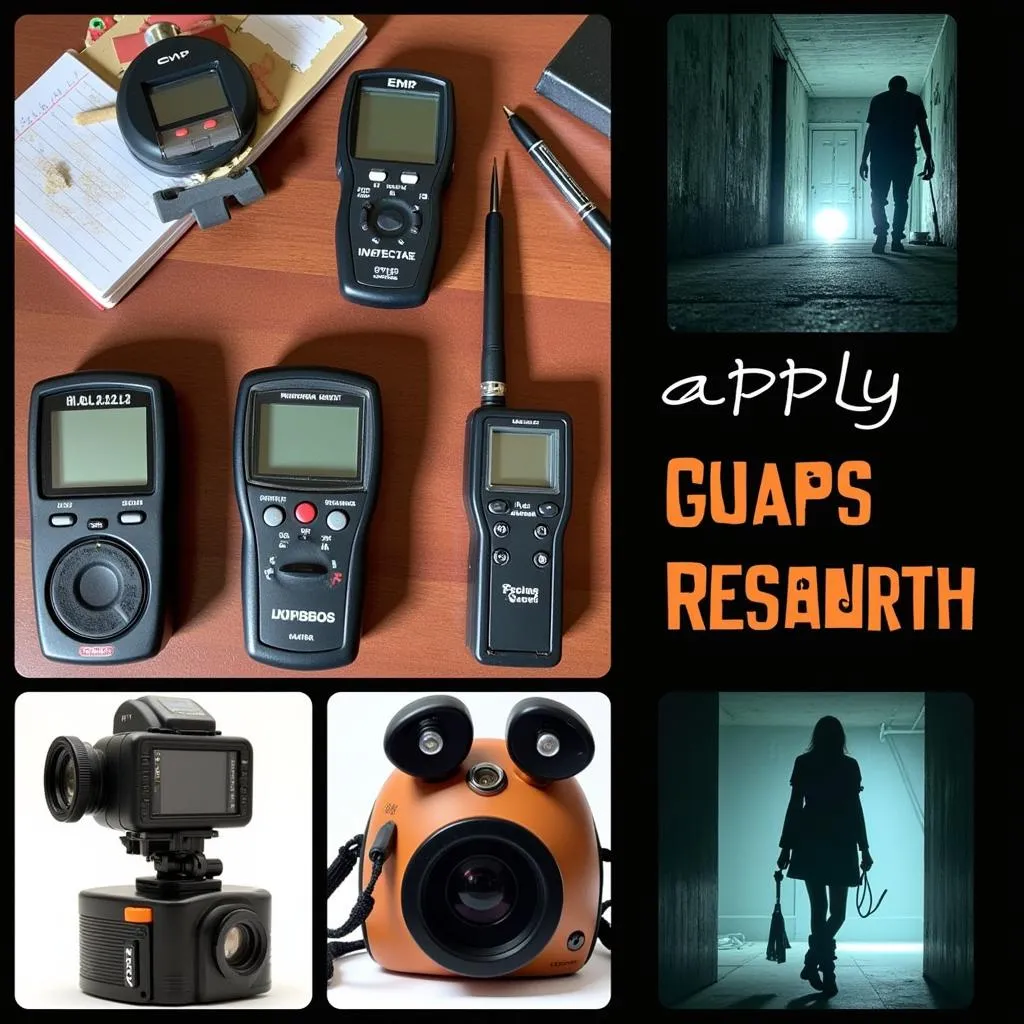Glimpse Research delves into the fascinating realm of unexplained phenomena, where fleeting moments defy conventional understanding. These elusive occurrences, often dismissed as tricks of the light or figments of imagination, hold a captivating allure for those seeking answers beyond the ordinary. But how do we study something that vanishes as quickly as it appears?
The Challenge of Studying Glimpses
 Shadowy Figure Glimpse Research
Shadowy Figure Glimpse Research
The very nature of glimpses presents a significant obstacle to research. Witnesses are often left with fragmented memories, unsure of what they saw. The subjective nature of these experiences makes it difficult to establish objective criteria for analysis.
- Subjectivity: Glimpses are often personal experiences, influenced by individual perceptions, beliefs, and even mental states. This makes it difficult to separate genuine paranormal phenomena from psychological factors.
- Lack of Tangible Evidence: Unlike other areas of paranormal research, glimpses rarely leave behind physical traces. The absence of tangible evidence makes it challenging to corroborate witness accounts or conduct scientific analysis.
- Fleeting Nature: By definition, glimpses are brief and transient, making it challenging to capture them through traditional investigative methods like photography or video recording.
Methodologies in Glimpse Research
Despite the inherent difficulties, researchers employ a variety of methods to approach the study of glimpses:
1. Witness Testimony Analysis
Gathering and analyzing witness testimony forms the cornerstone of glimpse research. Researchers conduct in-depth interviews, employing techniques like hypnosis or cognitive interviews to retrieve detailed accounts from witnesses. This qualitative data, while subjective, can provide valuable insights into the nature and characteristics of glimpses.
2. Statistical Analysis
Researchers compile databases of reported glimpse experiences, categorizing them based on common themes, locations, or associated phenomena. Statistical analysis of this data can reveal patterns and correlations, potentially pointing towards underlying explanations or triggering factors.
3. Experimental Approaches
Some researchers attempt to recreate the conditions under which glimpses are reported, using controlled environments and sensory manipulation techniques. While replicating the exact nature of these experiences remains elusive, this approach aims to understand the potential psychological and physiological factors at play.
Interpreting Glimpse Phenomena
 Paranormal Investigation Tools for Glimpse Research
Paranormal Investigation Tools for Glimpse Research
The interpretation of glimpse phenomena varies widely. Some researchers propose explanations rooted in:
- Psychology: Misinterpretation of sensory data, hallucinations, sleep paralysis, and the power of suggestion are often cited as potential explanations for glimpse experiences.
- Neurology: Researchers explore how neurological phenomena, such as temporal lobe seizures or disruptions in the brain’s visual processing centers, might contribute to perceptions of fleeting anomalies.
- Physics: Fringe theories delve into quantum mechanics and alternate dimensions, suggesting that glimpses might offer fleeting glimpses into other realities or parallel universes.
Conclusion
Glimpse research represents a frontier in the exploration of the unknown. While challenges abound in studying these elusive occurrences, researchers continue to develop innovative methodologies to unravel the mysteries behind these fleeting phenomena. Whether rooted in psychology, neurology, or yet-undiscovered scientific principles, the study of glimpses reminds us that our understanding of the universe remains far from complete.
FAQs
1. Are glimpses dangerous?
There is no definitive evidence to suggest that glimpses are inherently dangerous. Most reports describe fleeting and harmless experiences. However, some individuals might find them unsettling or disturbing.
2. Can anyone experience glimpses?
While anyone can potentially experience glimpses, some individuals seem more prone to these occurrences. Factors like stress, sleep deprivation, or certain personality traits might play a role.
Need Help with Glimpse Research?
Our team at Paranormal Research is dedicated to exploring the unknown. If you have experienced a glimpse and seek guidance or support, please don’t hesitate to contact us.
Contact us:
Phone: 0904826292
Email: research@gmail.com
Address: No. 31, Alley 142/7, P. Phú Viên, Bồ Đề, Long Biên, Hà Nội, Việt Nam.
We’re available 24/7 to assist you on your journey into the realm of the paranormal.